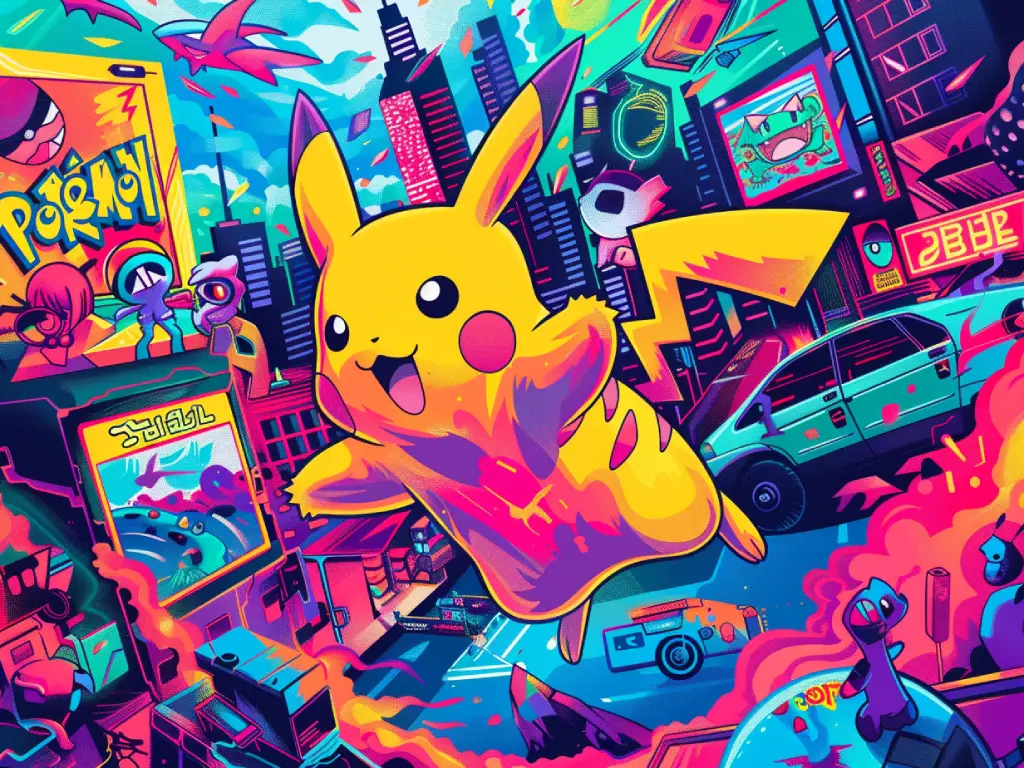Pokemon changed the entertainment industry

When Pokemon was released in the 1990s, it was an immediate hit with children. And while most adults probably thought it was weird, they recognized that this new franchise had potential. Today, more than 20 years later, Pokemon is still just as popular. There are now over 900 Pokemon, more than 19 games, multiple TV shows and movies, and even a dedicated theme park in Japan. Despite its age, Pokemon continues to thrive as a global phenomenon and has even influenced other forms of media. In fact, it's impossible to escape the impact Pokemon has had on the entertainment world.
Better Video Game Movies!
The quality of video game adaptations has always been poor, but the Pokemon movie franchise is a rare success. Pokemón Detective Pikachu, which is based on the 2016 video game of the same name, was praised by critics for its writing and the quality of its actors. In fact, the film's success led to the creation of a sequel almost immediately. Detective Pikachu set a new standard for video game movies, and we can only hope other adaptations catch up with it. Another Pokemon game adaptation to the screen is the upcoming action film Pokemon: The Movie: Mewtwo Strikes Back Evolution. The film will be directed by Michael Gracey, who directed the musical Me Before You in 2017. Gracey's experience in live-action films is encouraging. He has also worked with CGI in the past, but we'll have to wait and see how he delivers the Pokemon film.
More Games Based on Movies!
Many games are inspired by movies. But with the rise of augmented reality, Pokemon Go was able to make the game lead into the movie. In the case of Tom Cruise’s The Mummy, the game was synced with the movie's release so players could experience the game before seeing the film in theaters. Games also take advantage of films that draw from other stories. Sony's Spider-Man game for PlayStation 4 is based on the movies, but it also draws from the comics to further immerse fans in the franchise.
CGI Animation Becomes the Norm
Pokemon films are a hybrid of traditional and computer animation. The first part of the franchise only featured real actors, while the second part was a combination of live action and CGI. The films used between 70 and 90% CGI animation starting from the third part, which marked the beginning of the computer generation. This is a significant change in the industry because it’s the first time a franchise has used nearly exclusively CGI. Following Pokemon's example, more and more animations are being produced using CGI. CGI animation is also changing how we design what a children's or family movie looks like. CGI can be detailed and the technology just keeps improving. There are also many talented artists who can make them extremely realistic.
More and More Merchandise Sold Based on Licensed Properties
Pokemon is an excellent example of how licensing works. The franchise has spawned toys, games, clothing and foods such as Pokemon-shaped cookies and Pokemon-themed Doritos. Franchises with fans dedicated enough to collect memorabilia are ideal candidates for licensing. Pokemon has many fan conventions and websites dedicated to cataloging different pieces of Pokemon merchandise. The Pokemon brand is so strong that Kellogg, based in Illinois, launched a special edition of Pokemon-shaped Frosted Flakes in Japan. Much has been said about how licensing products based on intellectual property can be beneficial for both brands but also detrimental to business, as there is only so much shelf space in stores.
The Pokemon franchise has come a long way since its beginnings in the late 90s. It’s still a highly popular global brand, but it has also influenced other forms of media. The quality of video game adaptations has improved, CGI animation is now the norm, and more and more merchandise is being sold based on licensed properties. While these changes are positive in the short term, it will be interesting to see if Pokemon can maintain its prestige in the long run.
